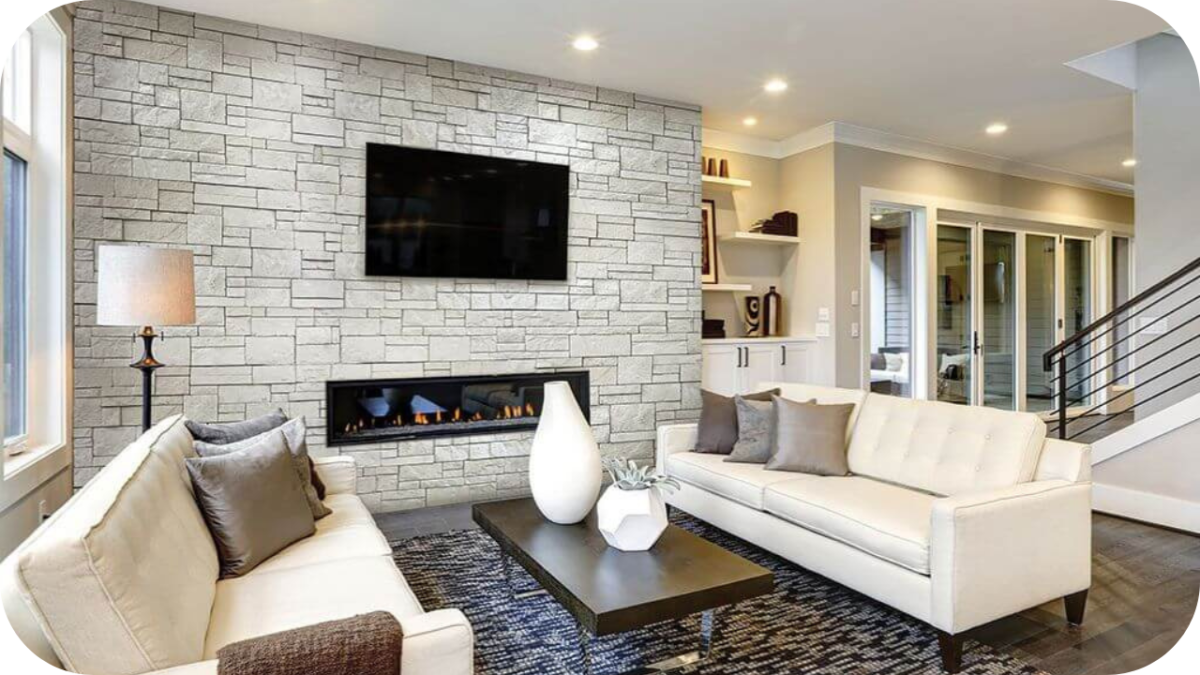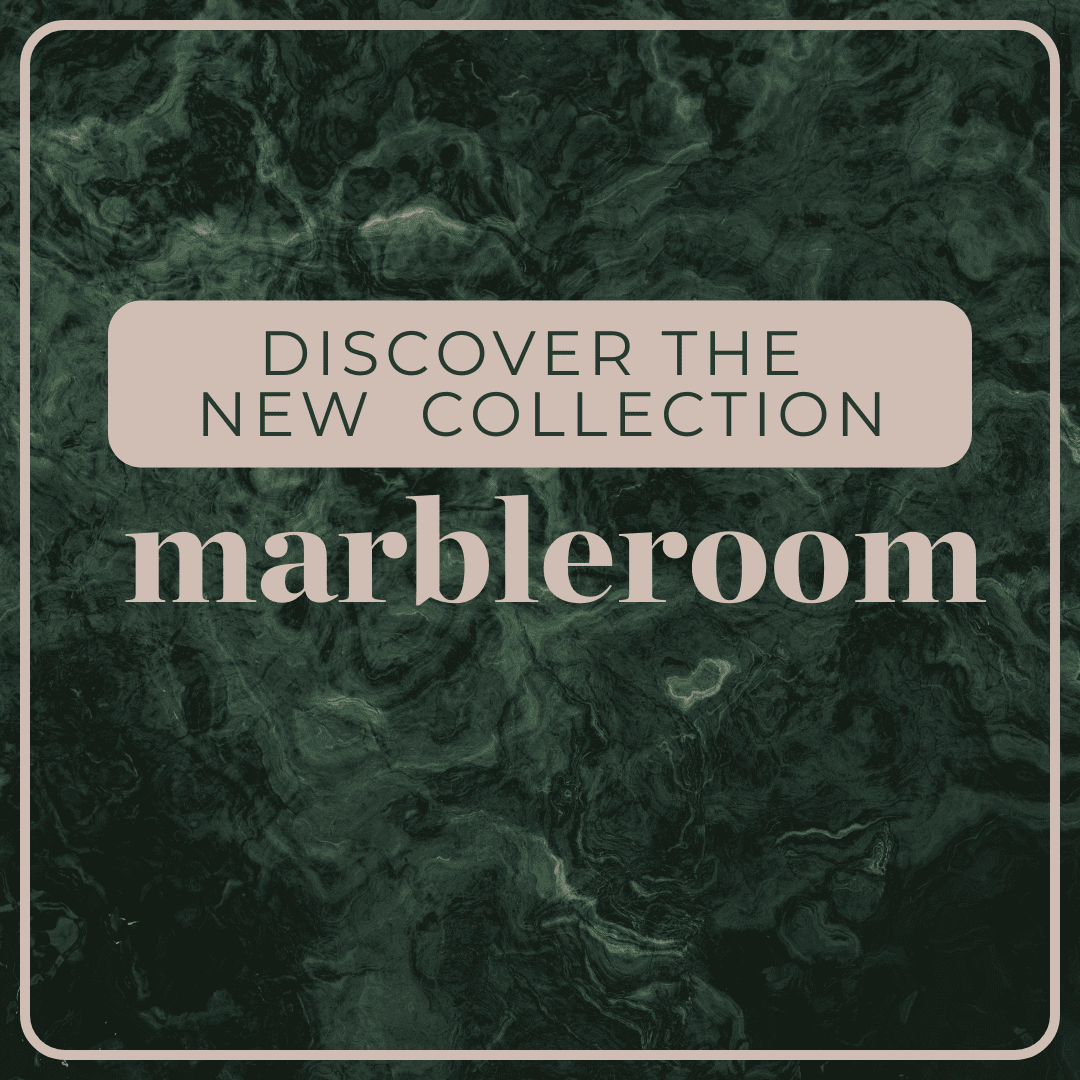What to Look for When Choosing Grange Limestone in Australia
Grange Limestone is becoming a popular choice in Australian architecture for its refined texture, neutral grey tones, and structural integrity. Ideal for walling applications, both interior and exterior, it offers timeless elegance and long-lasting performance.
Whether used for façades, feature walls, or outdoor cladding, Grange Limestone adds understated beauty and durability to any project.
This guide will highlight key factors to consider when selecting Grange Limestone for walling, ensuring both aesthetic appeal and functional success in your next design.
What Is Grange Limestone?
Grange Limestone is a fine-grained, dense natural limestone known for its soft grey hues and consistent texture. Renowned for its strength and durability, it is commonly used in architectural walling applications, including cladding and internal features.
Grange Limestone’s refined visual character makes it a versatile material, ideal for creating elegant and functional spaces. Its timeless appeal ensures it is well-suited for both modern and traditional designs.
Key Qualities to Look for in Grange Limestone Walling
Grange Limestone is a premium choice for walling, offering exceptional durability and aesthetic appeal. Here are the key qualities to consider when selecting it for your next project.
1. Density and Structural Stability
Grange Limestone is dense and strong, making it ideal for both load-bearing and decorative applications. Its robustness ensures long-term stability and performance, making it suitable for a wide range of interior and exterior walling projects.
2. Consistent Colouration
Grange Limestone offers consistent grey tones that create a smooth, seamless appearance. The uniformity in colour allows for easy integration into different design styles, whether for large wall surfaces or accent features, enhancing overall aesthetics.
3. Finish Variety
Available in finishes such as honed, sawn, and textured, Grange Limestone offers versatility in design. Whether you seek a smooth, polished surface or a more rustic, textured look, there’s a finish to complement every style.
4. Dimensional Accuracy
Grange Limestone is precisely cut to ensure dimensional accuracy, making installation straightforward and reducing waste. This consistency ensures that each stone fits perfectly, creating a clean, professional finish for your walling projects.
5. Low Porosity
Grange Limestone has low porosity, providing excellent resistance to staining and weathering. This makes it an ideal choice for both indoor and outdoor walling, ensuring longevity and ease of maintenance while retaining its natural beauty.
Factors to Consider When Selecting Grange Limestone for Walling
Choosing the right Grange Limestone for walling is essential to ensure longevity and aesthetics. Here are key factors to help guide your selection.
1. Application Environment
Consider whether the limestone will be used indoors or outdoors, as this affects the required finish and thickness. Exposure to weather, moisture, or direct sunlight can influence the stone’s performance and appearance.
2. Batch Consistency and Colour Matching
Ensure the limestone comes from the same batch to maintain colour uniformity across your project. Always review physical samples in natural lighting to ensure consistency in hue and tone before proceeding with installation.
3. Installation Considerations
Proper substrate preparation and anchoring systems are essential for successful installation. Work with experienced installers familiar with natural stone to ensure precise, secure, and professional installation of Grange Limestone walling.
4. Maintenance and Sealing
Grange Limestone requires periodic sealing to prevent staining and enhance its durability. Minimal maintenance is needed, primarily regular cleaning, but applying a sealant provides extra protection against moisture, dust, and staining over time.
5. Long-Term Performance and Durability
Select high-quality Grange Limestone with proven longevity to ensure it withstands daily wear and environmental factors. Its resilience to weathering and minimal need for repairs guarantees a lasting, elegant walling solution.
Choosing the Right Finish for Walling Projects
Selecting the right finish is crucial for achieving the desired aesthetic and functionality in your walling project. Here are the finishes to consider when working with Grange Limestone.
- Honed Finish: Provides a smooth, refined surface that’s perfect for interiors or contemporary façades, offering a sophisticated, understated look that works well in both minimalist and modern designs.
- Sawn Finish: Features slightly textured, clean edges, making it versatile for both indoor and outdoor applications. Ideal for adding a subtle, natural texture while maintaining a polished appearance.
- Split-Face Finish: Adds bold texture and visual contrast to feature walls or statement pieces. Best for creating dramatic, rustic finishes that make a striking impact in both exterior and interior settings.
- Sandblasted Finish: Lightly roughened to reduce strong reflections from sunlight, this finish is ideal for softening the appearance and adding a subtle, matte texture. Suitable for sunny locations and highly reflective surfaces.
- Polished Finish: Offers a glossy, reflective surface that enhances the stone’s natural colour and depth, ideal for high-end interiors looking for a luxurious, sophisticated finish.
- Tumbled Finish: Provides a weathered, organic appearance with rounded edges, giving a rustic charm to walls, perfect for traditional or Mediterranean-style designs.
Common Walling Applications in Australian Architecture
Grange Limestone is a premium material for walling, offering unmatched durability and elegance. Here are the key applications where it enhances both functionality and aesthetic appeal for your next project.
1. Exterior Wall Cladding
Grange Limestone is commonly used for exterior wall cladding, adding organic depth and a clean, modern look to building façades. It’s ideal for full-height walls or accent sections, complementing materials like timber, metal, or concrete.
2. Retaining and Feature Walls
Grange Limestone enhances retaining walls and feature walls, providing a robust yet elegant finish. Its natural texture creates striking garden boundaries, courtyards, or raised planters, offering both functional and aesthetic value to outdoor spaces.
3. Entryway Walls and Gate Piers
Grange Limestone makes a bold statement in entryway walls and gate piers. Its durability and refined appearance create a strong first impression, pairing well with metal gates, lighting features, and other architectural elements.
4. Internal Feature Walls
Grange Limestone adds sophistication and texture to internal feature walls, such as in living rooms, stairwells, or foyers. It pairs well with both minimalist and rustic interiors, offering a stylish focal point highlighted by natural light.
5. Fireplace Wall Surrounds
Grange Limestone is ideal for fireplace wall surrounds, offering both beauty and heat resistance. Its striking finish frames the hearth, creating a functional and stylish focal point, perfect for contemporary or traditional open-plan spaces.
Why Choose Splendour in Stone for Grange Limestone Walling
When selecting Grange Limestone for your walling project, it’s crucial to work with a trusted supplier. Here’s why Splendour in Stone is the perfect choice.
- Premium Quality: Direct access to high-quality Grange Limestone, ensuring that every piece meets the highest standards of durability, appearance, and performance.
- Wide Range of Finishes: Offering a variety of finishes, including honed, sawn, and textured options, allowing you to select the perfect style for your project.
- Custom Sizing Options: A range of sizing choices to suit your project’s needs, ensuring precision in installation and reducing wastage.
- Expert Advice: Benefit from professional guidance from our experienced team, assisting you in selecting the ideal Grange Limestone for your specific design and functional needs.
- Trusted by Leading Professionals: Splendour in Stone is a trusted partner for architects, landscapers, and builders across Victoria, offering reliable service and high-quality products.
- Comprehensive Services: From product selection to specification and installation, we provide complete support to ensure your project’s success.
Conclusion
Grange Limestone offers the perfect balance of strength, beauty, and versatility for walling applications across Australia.
Whether it’s for a modern façade, a textured feature wall, or a refined fireplace surround, knowing what to look for ensures a seamless and lasting result.
Contact Splendour in Stone today for expert guidance and high-quality Grange Limestone tailored to your next project.













